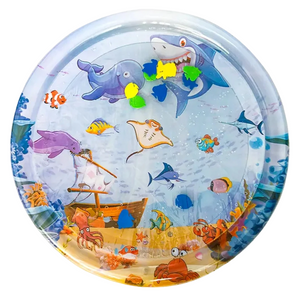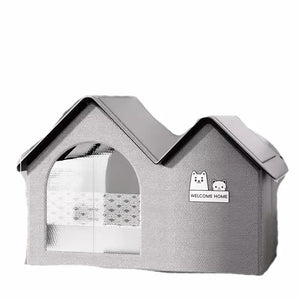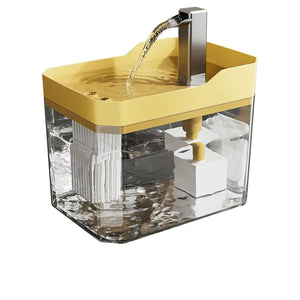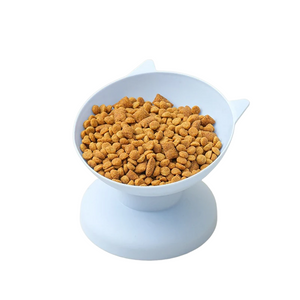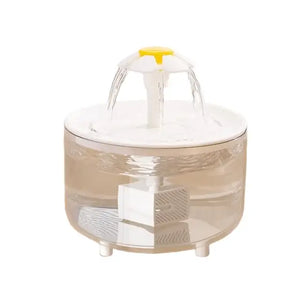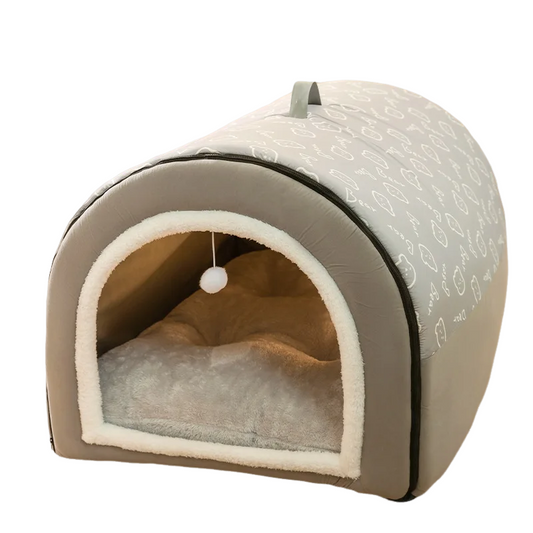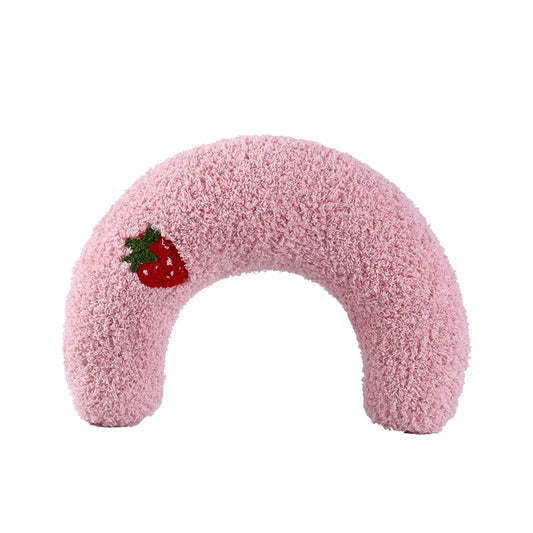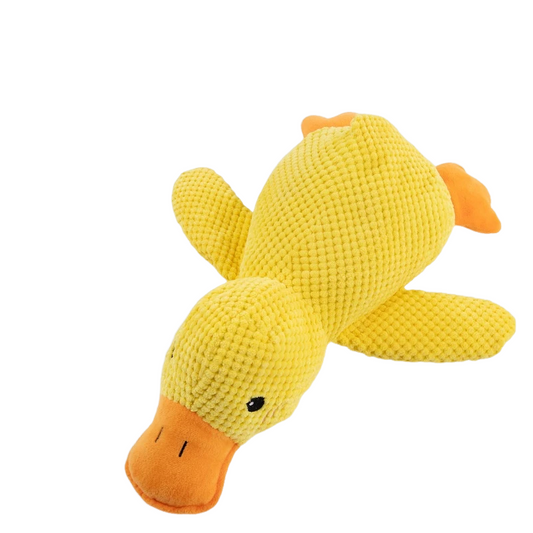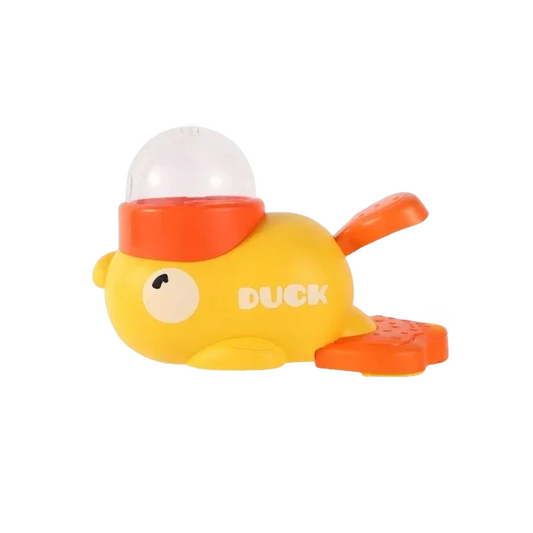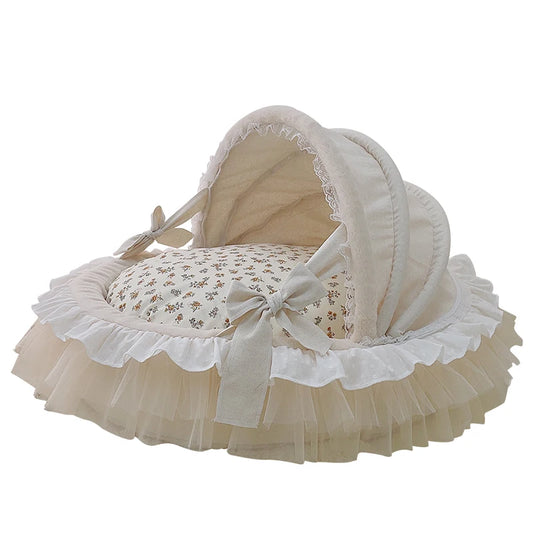Introduction
Summer can be a challenging season for cats, especially in regions with high temperatures. Cats are more susceptible to heatwaves, dehydration, and heatstroke during this time. While cats are naturally more heat-tolerant than some animals, extreme temperatures can still pose health risks. Understanding how to care for your cat during the summer months is crucial for ensuring their comfort and well-being. This comprehensive guide covers everything from adjusting the indoor environment to dietary tips, health management, and more, with product recommendations and scientific references to help you effectively manage your cat's summer care.
1. Cat Behavior and Physiological Traits in Hot Weather
1.1 How Do Cats Regulate Their Body Temperature?
Unlike humans, cats do not primarily sweat to release heat. Cats have limited sweat glands located mainly in their paw pads, which offer minimal cooling. Instead, they rely on the following mechanisms:
-
Panting: While cats can pant to release heat, much like dogs, this is not their primary method of cooling. Excessive panting often indicates overheating.
-
Licking Their Fur: Cats frequently lick their fur, which adds moisture to their skin. As this moisture evaporates, it helps to cool them down.
-
Seeking Cool Spots: Cats naturally seek out cool, shaded areas to avoid the heat, often curling up under furniture or in shaded corners.
1.2 Symptoms and Health Risks of Overheating
Overheating can lead to several health problems for cats, including:
-
Excessive Panting: Rapid breathing is an early sign of heatstroke.
-
Lethargy or Excessive Sleeping: Cats tend to become less active during hot weather, and excessive lethargy can signal dehydration or heat exhaustion.
-
Red or Dry Gums: Cats suffering from heatstroke may exhibit red or dry gums as their body struggles to cool down.
These symptoms, if left untreated, can lead to severe conditions like fainting, seizures, or worse. Preventing overheating is the first step in ensuring your cat's summer health.
2. Adjusting the Home Environment for Summer
2.1 Keeping the Indoor Environment Cool
Cats generally enjoy warm environments, but when temperatures exceed 30°C (86°F), they can quickly become at risk of heatstroke. Here are some ways to keep your home cool for your cat:
-
Use Air Conditioning or Fans: Air conditioning is one of the most effective ways to keep your home cool. Ensure there’s always a cool spot for your cat to retreat to. Fans can also help circulate air, but check to see if your cat is comfortable around them.
-
Minimize Sun Exposure: Keep curtains or blinds drawn during the hottest parts of the day to prevent your home from heating up too much.
-
Provide Cooling Tools: Cooling mats or beds designed for pets can offer a comfortable spot for your cat to relax. These mats absorb and dissipate heat, providing a cooler surface for your cat to rest on.
Recommended Products:
- Ice Silk Cooling Mat for Cats
- Cooling Cat Beds
2.2 Ensuring Proper Ventilation
Proper ventilation not only helps lower indoor temperatures but also reduces moisture buildup, which can prevent the growth of bacteria. Cats, especially long-haired ones, are prone to skin infections in humid conditions. Maintaining airflow is crucial during hot months.
2.3 Creating Shaded Resting Areas
Cats are natural “shade seekers” and will instinctively look for cool, shaded areas to rest. Help your cat by creating comfortable, shaded spots:
-
Set Up Cool Corners Indoors: Place a cool bed under the couch or behind a cabinet where they can avoid direct sunlight.
-
Outdoor Shading: If your cat enjoys time on the balcony or in the yard, provide a shaded area using umbrellas or canopies to ensure they aren’t directly exposed to the sun.
3. Summer Dietary Adjustments and Hydration
3.1 The Importance of Hydration
Proper hydration is essential during summer. Cats naturally have low thirst drives, so it’s important for owners to encourage drinking:
-
Use Automatic Water Fountains: Cats are often more inclined to drink from moving water sources. Automatic fountains mimic running water, encouraging your cat to drink more frequently.
-
Multiple Water Stations: Place water bowls in various locations around your home to ensure your cat always has easy access to fresh water.
Recommended Products:
- Automatic Cat Water Fountain
- Ceramic Cat Bowls
3.2 Adjusting Food Types
During hot weather, cats may lose their appetite. Adjusting their diet can help:
-
Offer Wet Food: Wet food contains a high water content, which not only provides essential nutrients but also helps with hydration.
-
Avoid Leaving Food Out for Long Periods: High temperatures can cause food to spoil faster, especially wet food. Be sure to serve smaller portions and remove uneaten food after a short time to ensure freshness.
3.3 Controlling Portion Sizes and Feeding Frequency
Cats’ digestive systems can slow down in hot weather, so reducing meal sizes but increasing feeding frequency can help them maintain energy without feeling overheated or bloated.

4. Health Management During Summer
4.1 Common Summer Health Issues
-
Heatstroke: Heatstroke is one of the most common and dangerous summer health issues for cats. Limit your cat’s exposure to high temperatures, especially outdoors.
-
Dehydration: Dehydration disrupts electrolyte balance and can lead to fatigue, lethargy, and serious metabolic issues. Symptoms of dehydration include sunken eyes, dry gums, and decreased skin elasticity.
-
Skin Infections: Warm, humid weather increases the risk of bacterial and fungal infections, particularly in long-haired cats.
4.2 Preventing Heatstroke and Dehydration
-
Recognizing Heatstroke: Early signs of heatstroke include rapid breathing, panting, and bright red or purple gums. If your cat exhibits these symptoms, move them to a cool place immediately and apply a damp cloth to their body to lower their temperature.
-
Preventing Dehydration: Monitor your cat’s water intake and ensure they have access to clean, fresh water at all times. Consider adding electrolytes to their water if dehydration becomes a concern.
4.3 Regular Check-ups and Monitoring
Regular health checks are even more critical during the summer. Monitor your cat’s behavior, eating habits, and litter box usage. If you notice any significant changes, such as decreased appetite, increased lethargy, or unusual bathroom habits, consult your vet.
5. Summer Grooming and Fur Management
5.1 Grooming for Long-Haired and Short-Haired Cats
Long-haired cats are more prone to overheating due to the thickness of their fur, making regular grooming essential during summer. Brush their fur daily to remove excess hair and prevent matting. Short-haired cats should also be groomed regularly, though they are less likely to suffer from overheating.
5.2 Preventing Hairballs
Since cats groom themselves more frequently in hot weather to cool down, they may ingest more fur, leading to hairballs. To prevent this, regular grooming is essential, along with providing hairball-prevention cat food or supplements.
5.3 Sun Protection for Cats
Cats, especially those with short or no fur, can suffer from sunburn if exposed to direct sunlight for extended periods. Pet-safe sunscreen is available and can be applied to vulnerable areas such as the ears and nose to prevent UV damage.
6. Common Summer Care Misconceptions
6.1 Misconception: Cats Don’t Need Special Summer Care
While cats are naturally resilient, they still require specific summer care to avoid heat-related illnesses. Owners must ensure they have a cool environment, proper hydration, and regular health monitoring.
6.2 Misconception: Opening Windows Helps Cool the House
Opening windows during the day can increase indoor temperatures, especially during peak sunlight hours. Instead, rely on fans, air conditioning, or closed windows with curtains to keep the heat out.
6.3 Misconception: Cold Baths Help Cats Cool Down
Cold water can cause stress in cats and doesn’t necessarily lower their body temperature effectively. Instead, focus on maintaining a cool environment and ensuring they stay hydrated.
Conclusion
By implementing proper summer care measures, you can help your cat stay healthy and comfortable during the hot months. Managing your cat’s environment, diet, health, and grooming routines are key to preventing heatstroke, dehydration, and other summer-related issues. Every step, from keeping the house cool to offering sufficient water and regular check-ups, will ensure your cat stays safe and happy all summer long.

References
- Smith, J. (2020). "Feline Thermoregulation in Extreme Heat." Journal of Animal Behavior, 12(3), 123-135.
- Johnson, A. (2019). "The Effects of Heat on Domestic Cats." Pet Care Review, 5(2), 98-105.
- Davis, L. (2021). "The Role of Hydration in Feline Health." Feline Health Journal, 15(1), 45-53.
- Walker, M. (2018). "Seasonal Grooming and Shedding in Cats." Animal Grooming Science, 6(2), 157-166.
Related articles:
- https://the-pet-paradise.com/blogs/news-cats-blogs/winter-care-for-cats
- https://the-pet-paradise.com/blogs/news-cats-blogs/spring-and-autumn-care-for-cats






